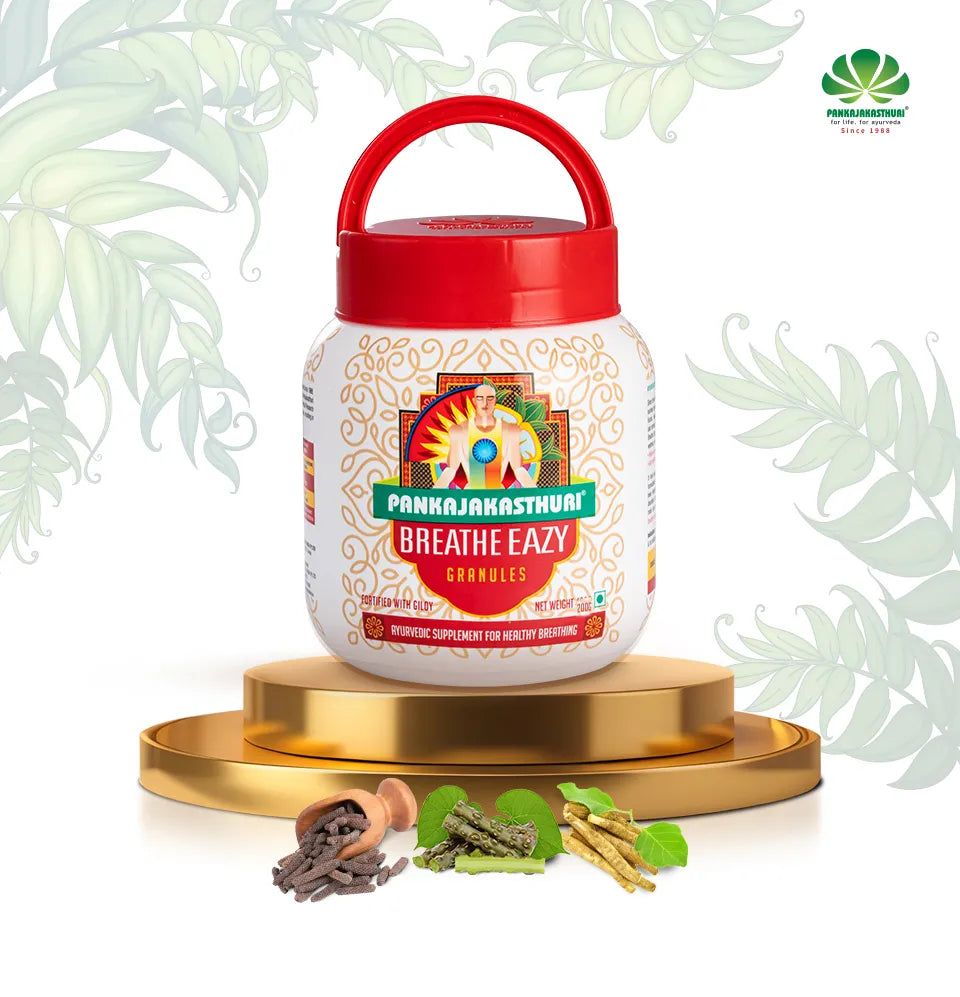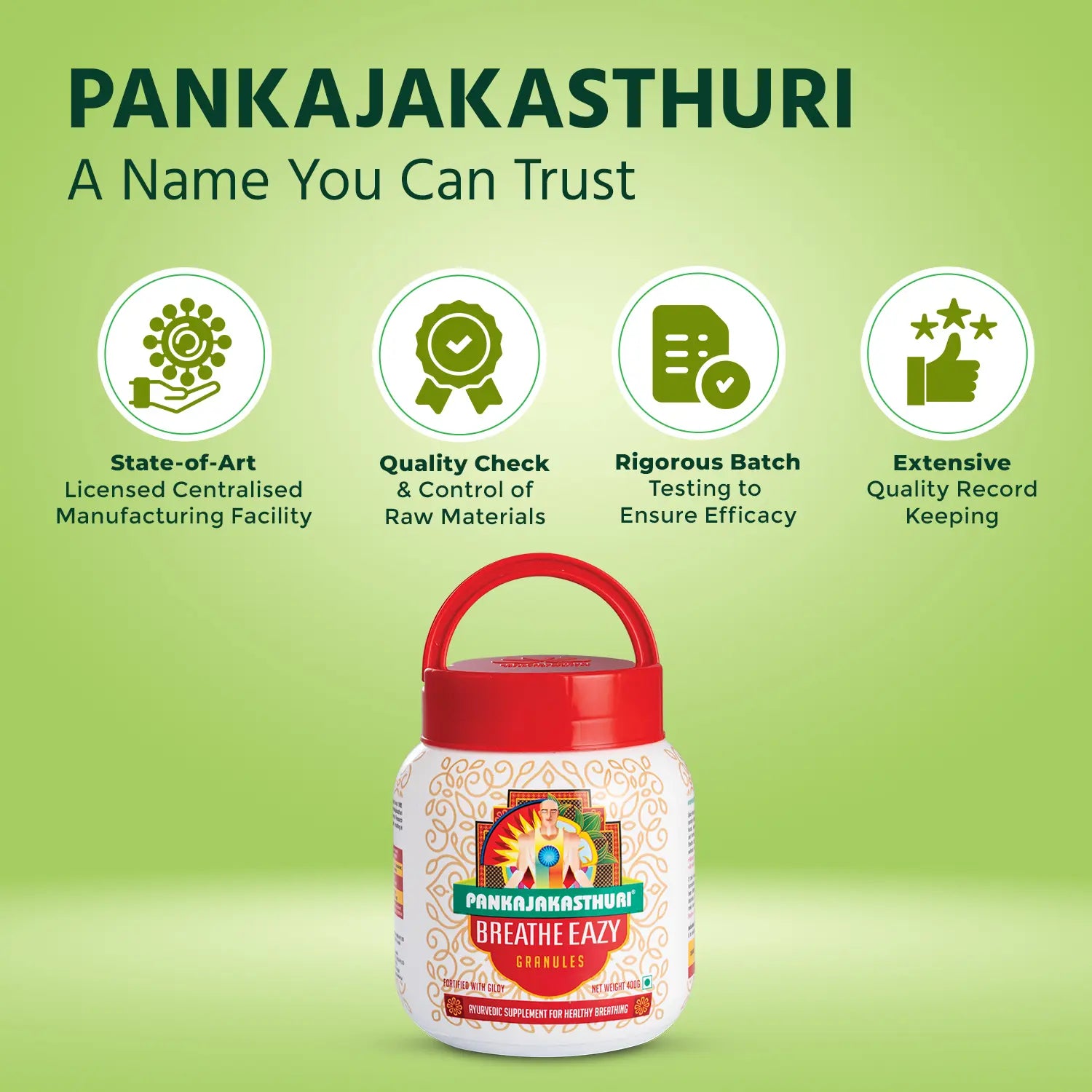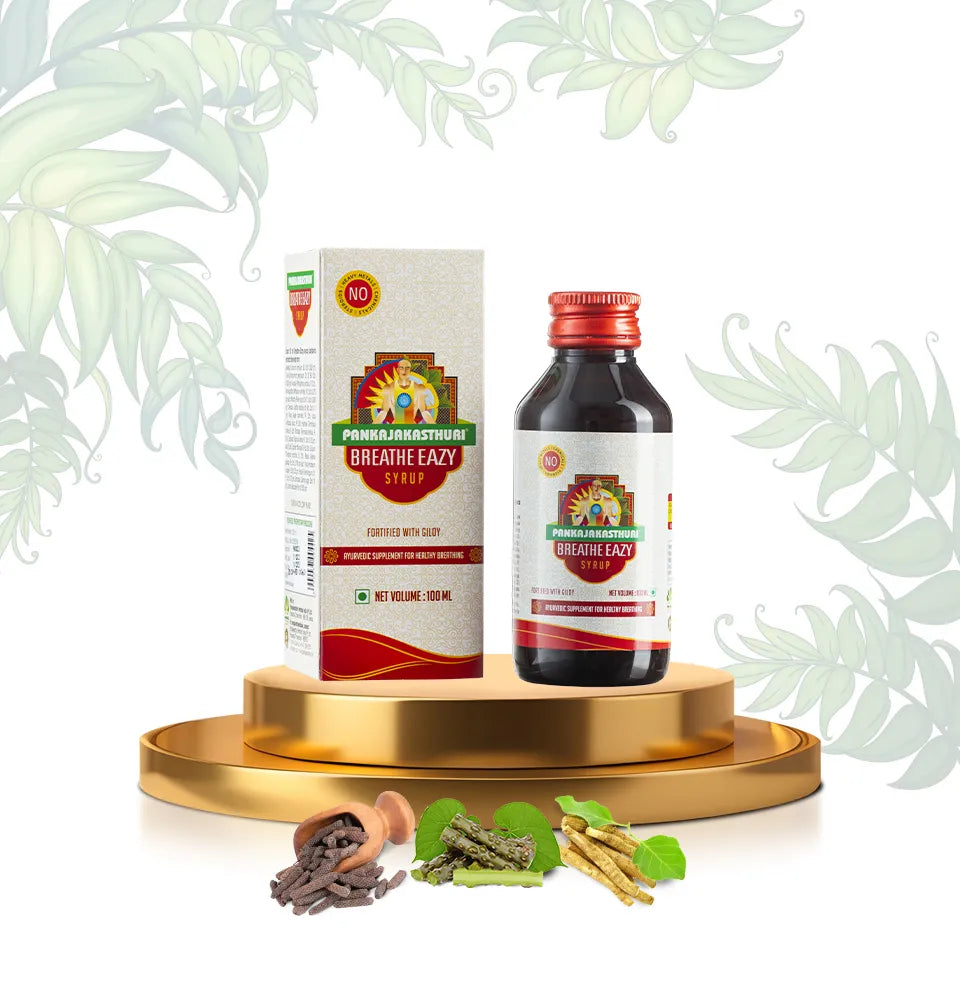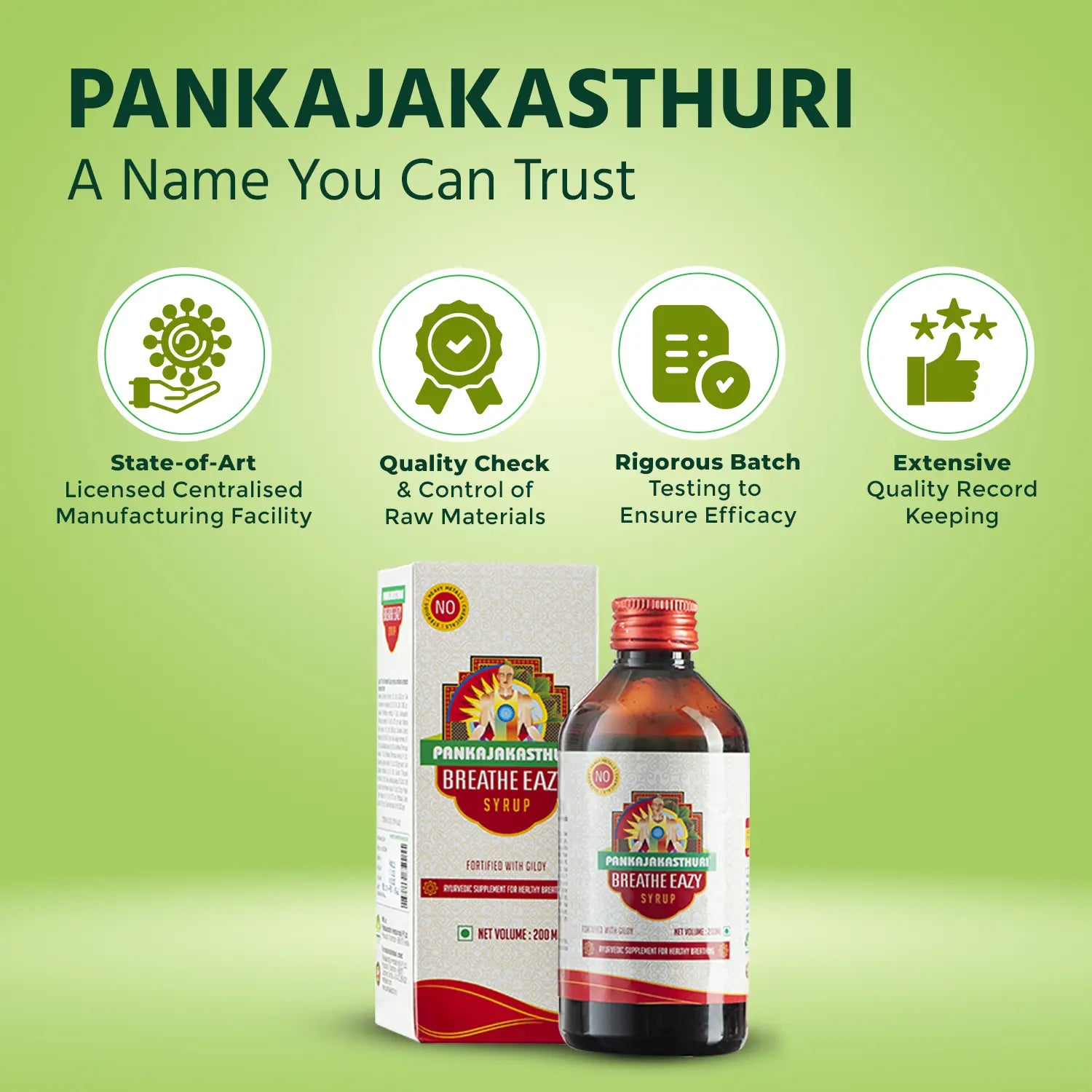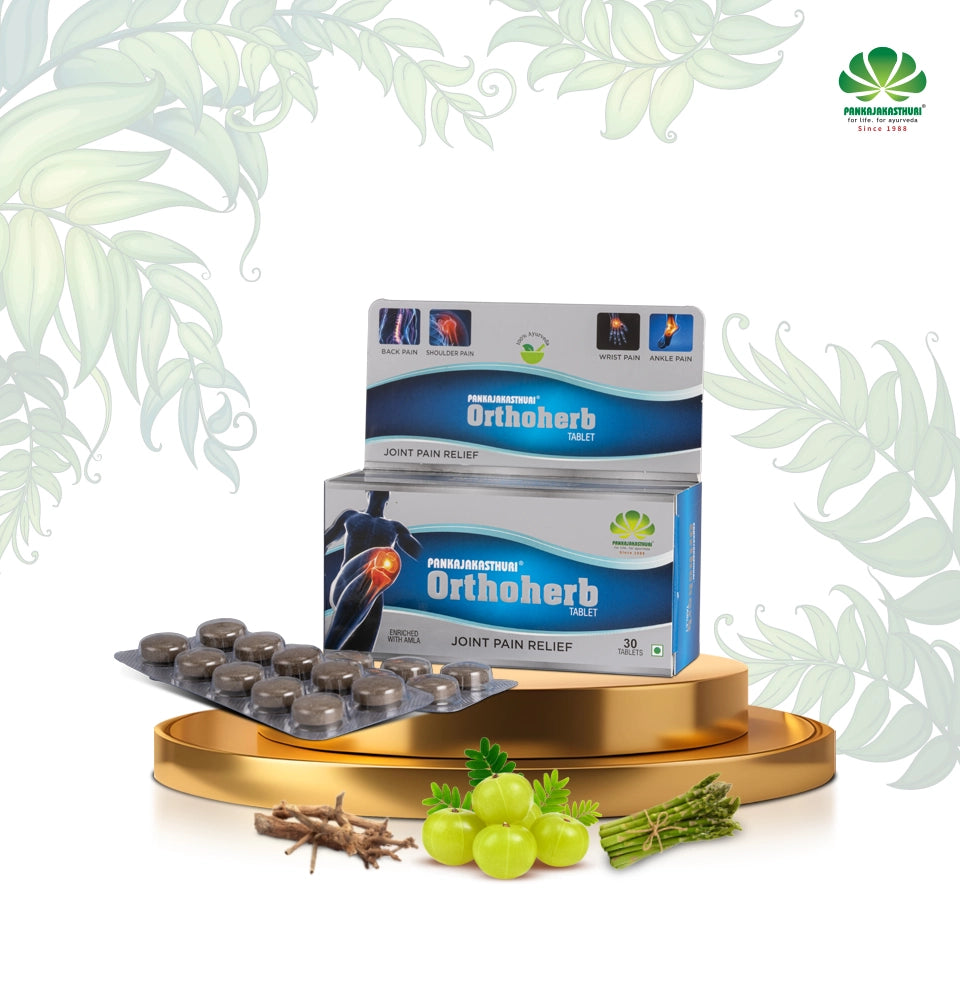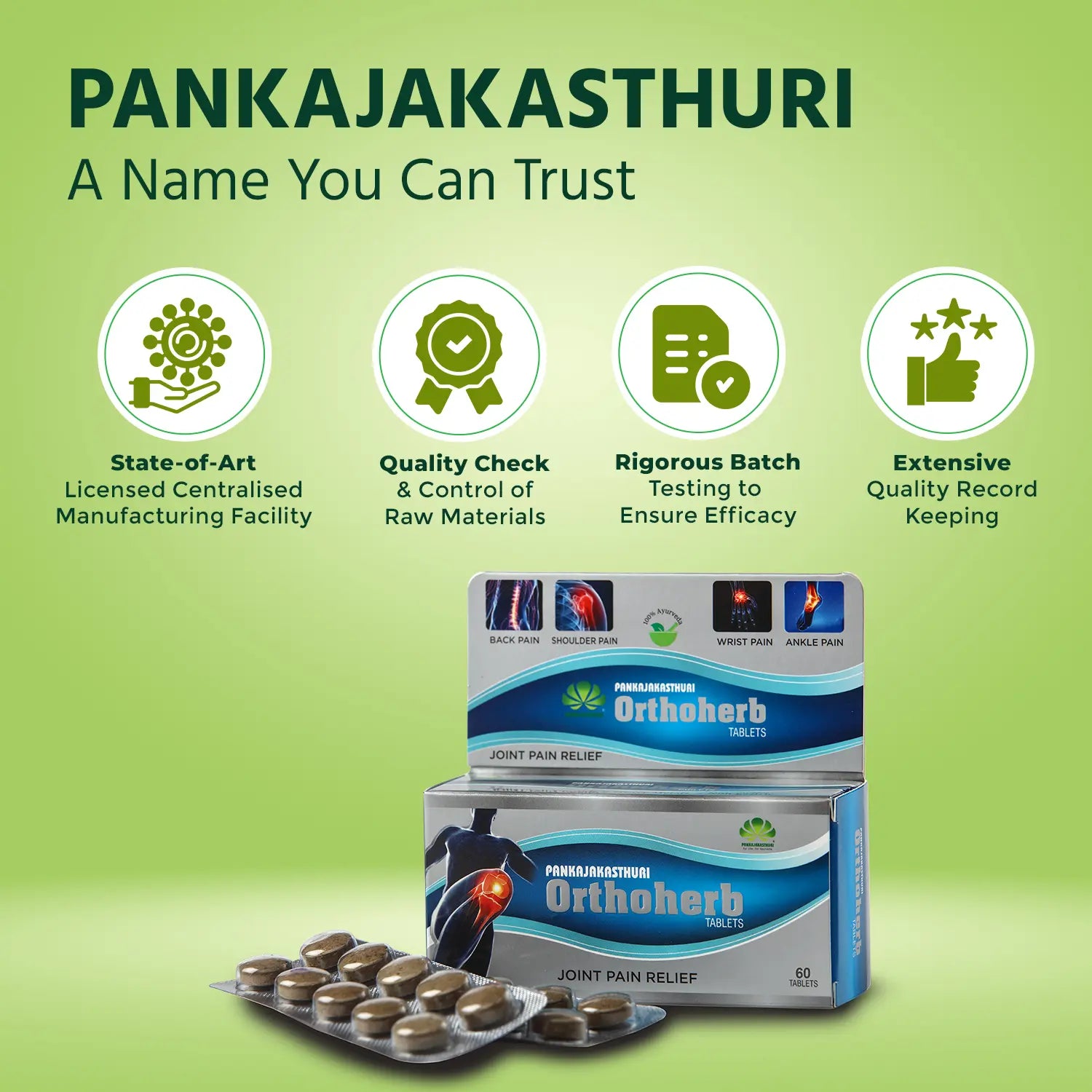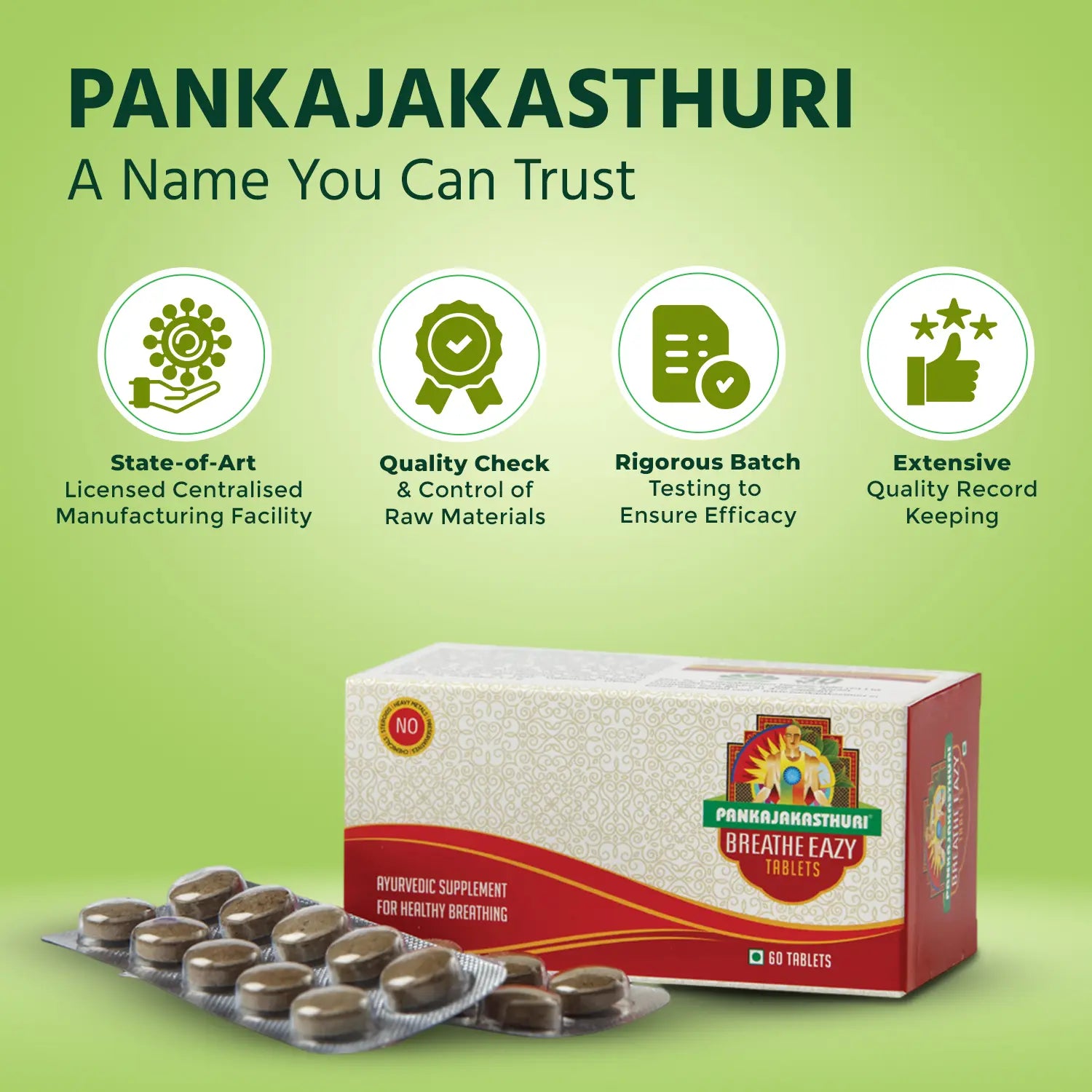
Herbal Garden at Home: Cultivating Your Own Healing Haven

In a world where synthetic solutions often dominate, many are rediscovering the healing power of nature. What if your balcony, windowsill or backyard could become a sanctuary of wellness - a living pharmacy filled with fragrant leaves, vibrant colours and potent remedies?
Creating an herbal garden at home is not just a hobby - it's a holistic lifestyle choice that brings wellness, sustainability and peace into your daily life. Whether you’re an urban dweller or blessed with spacious land, this guide will help you build your own green oasis of health and vitality, rooted in Ayurvedic and traditional herbal wisdom.
Laying the Groundwork: Planning Your Herbal Sanctuary
Choosing Your Space
-
Windowsill or Balcony: Great for herbs like mint or tulsi.
-
Backyard: Perfect for a more diverse collection, including small trees like Amla or Neem.
-
Ensure your space gets at least 4 - 6 hours of sunlight daily.
Beginner-Friendly Medicinal Herbs to Grow
Here are Ayurvedic and common herbs to begin your herbal journey:
|
Herb |
Benefits |
|---|---|
|
Tulsi |
Adaptogen, immune booster, respiratory aid |
|
Mint |
Digestive aid, cooling, anti-nausea |
|
Chamomile |
Calming, sleep-promoting, digestive |
|
Lavender |
Anxiety relief, insomnia, skin-soothing |
|
Thyme |
Antiseptic, cough relief, antioxidant |
|
Ginger |
Anti-inflammatory, anti-nausea, warming |
|
Turmeric |
Potent anti-inflammatory, antioxidant |
|
Aloe Vera |
Skin healing, cooling, digestion aid |
|
Neem |
Antibacterial, antifungal, detoxifying |
|
Amla |
Rich in Vitamin C, immunity booster |
|
Brahmi |
Brain tonic, skin healer |
|
Karpuravalli |
Antimicrobial, good for colds and coughs |
|
Lemongrass |
Digestive, calming, aromatic |
|
Henna |
Cooling, skin healer, natural dye |
Preparing the Soil and Containers
-
Use well-draining potting mix: Combine garden soil with compost and sand/perlite.
-
Ensure containers have drainage holes.
-
Use larger pots for plants like turmeric, ginger, or aloe that require more root space.
Sunlight and Watering Essentials
-
Most herbs love sunlight (at least 6 hours/day).
-
Water regularly but avoid overwatering—keep soil moist, not soggy.
-
Herbs like basil and mint may require more frequent watering.
Nurturing Your Green Allies: Planting & Daily Care
Start from Seeds or Seedlings
-
Seeds offer variety and affordability.
-
Seedlings give a head start and faster harvest.
Label Your Plants
Label your herbs with their names and uses—it helps you remember care needs and needs and teaches others too!
Mulching for Moisture
Use organic mulch (like dried leaves or straw) to:
-
Retain soil moisture
-
Suppress weeds
-
Balance soil temperature
Regular Pruning
Encourages:
-
Bushier growth
-
More yield
-
Disease resistance
Never cut more than one-third of the plant at a time.
Natural Pest Control
-
Use neem spray, garlic water, or introduce beneficial insects (like ladybugs).
-
Ensure good airflow to prevent mold and mildew.
The Rewarding Harvest: When and How to Gather
Harvesting Tips
-
Harvest in morning hours, after dew evaporates.
-
Leaves are best before flowering; roots and seeds have different harvest times—know your plant.
Drying and Storing Herbs
-
Hang herbs upside down in a shaded, well-ventilated area.
-
Store in airtight containers away from light to preserve potency.
Ways to Use Your Herbal Bounty
-
Herbal Teas and Infusions: Mint, tulsi, or chamomile steeped for calm and clarity.
-
Healing Salves: Use calendula or turmeric-infused oils for wounds and skin issues.
-
Cooking: Add rosemary, thyme, curry leaves for flavor and health.
-
Aromatherapy: Diffuse dried lavender, lemongrass, or basil for calming energy.
The Whispers of Wellness: Why Grow Your Own Herbs?
Before you dig in, let’s explore the powerful reasons to start your own herbal garden:
1. Unmatched Freshness and Potency
Fresh herbs retain more volatile oils and active compounds than store-bought versions. Snip a sprig of rosemary for tea or crush fresh mint for a calming balm - the potency and aroma are incomparable.
2. Purity You Can Trust
Homegrown herbs are free from pesticides, herbicides and artificial fertilizers. You have full control over what touches your plants - and ultimately, your body.
3. Instant Access to Remedies
Need thyme for a cough, lavender for stress or aloe for a burn? Your natural medicine cabinet is just a step away.
4. Economical and Sustainable
A few seeds or starter plants can yield months (or years) of harvest. Reduce your reliance on packaged products and make your self-care routines more affordable.
5. Therapeutic Gardening
Tending to plants can reduce stress, improve mood and foster a deep connection to the cycles of nature. It’s healing in every sense of the word.
6. A Learning Journey
You’ll gain firsthand knowledge about botany, traditional medicine and Ayurvedic uses - turning your garden into a classroom of healing wisdom.
Embrace the Green Pharmacy
Your home herbal garden is more than a collection of plants—it's a living embodiment of healing, sustainability, and connection. Every leaf you harvest, every aroma you inhale, is a step toward deeper self-care and alignment with the earth.
So whether you start with a single pot of tulsi or a full backyard apothecary, you’re cultivating more than just herbs—you’re cultivating wellness.
Let nature be your medicine. Let your garden be your guide.








